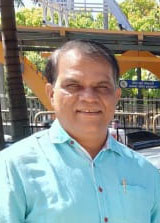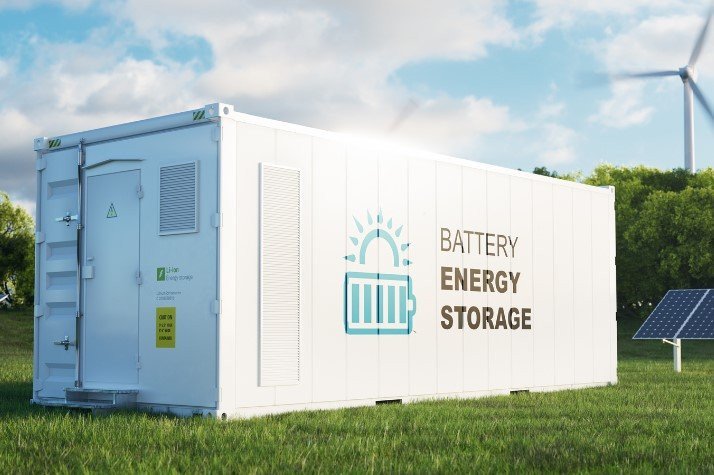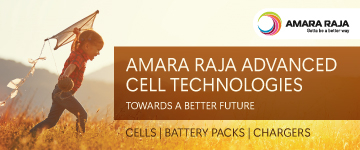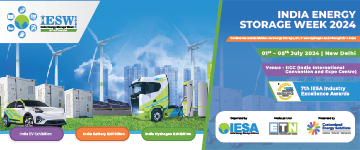The Center for Materials for Electronics Technology is headquartered in Pune along with two more labs in Hyderabad and Thrissur. Could you tell us more about the R&D activities conducted at these labs?
C-MET is established under the Ministry of Electronics & Information Technology (MeitY). The purpose of this center is to develop materials for electronics. Such laboratories did not exist earlier. Now Pune has undertaken work on high specialty chemicals, high purity metal accuracy semiconductors as well as polymers and special glasses. For example, we work on silicon tetrachloride which is the backbone for optical fiber cables. These cables also require germanium tetrachloride and some epoxies, so we started working on that because earlier India was importing every requirement of optical fiber cables. Now, thanks to this activity there is an indigenous supply of optical fiber cables in India. We also manufacture certain types of glass necessary for special electronics. One of these objectives of our center is also to support strategic sectors like Defence Research and Development Organisation (DRDO), Indian Space Research Organisation (ISRO) as well as the Board of Research in Nuclear Sciences (BRNS). They need highly specialized materials as well as electronic packaging which we manufacture in our laboratories since
it falls under a classified internet protocol address (IP address).
The other sector we have in Pune is the solar cell facility. These particular solar cells are said to have an efficiency of 24 percent. Besides that, we are working on silicon quantum dot solar cells where theoretical efficiency is almost 66 percent. We expect at least 25-30 percent efficiency from silicon quantum dot solar cells. So, this is the research that we conduct at C-MET Pune.
With regards to the lithium-ion battery, we have all fabrication facilities as well as necessary materials: cathode materials, anode materials as well as the fabrication of single cells. Today, battery industry suppliers are importing single cells and packing them into packs with different capacities as per market requirements. That expertise is already available in the country. However, we still do not have a single-cell fabrication strategy which we need. Now, we are at the stage of making pilot skills in collaboration with the industry, like we do with Surya Power Electronics, which is our partner.
We have recently opened a Center of Excellence of Rechargeable Batteries which means we at least have some materials necessary for battery fabrication, so we can fabricate batteries at some scale. We have almost `12 crore from the ministry and the rest of the money we expect from the industry so that the industry itself takes this forward. It is our responsibility to support the industry, so they can pick up lithium-ion battery manufacturing. That way we will not depend on China and other countries.
The Center for Automation is another area of work where we're active. It is not viable for us to produce this technology in our laboratory. So recently, we transferred this technology of photo imageable photonic cells to a company and they will soon manufacture it for photosensors.Requirement driven research is yet another aspect of our work. For example, the industry wanted silver powder or nanopowder and we developed the nanopowder for them.























